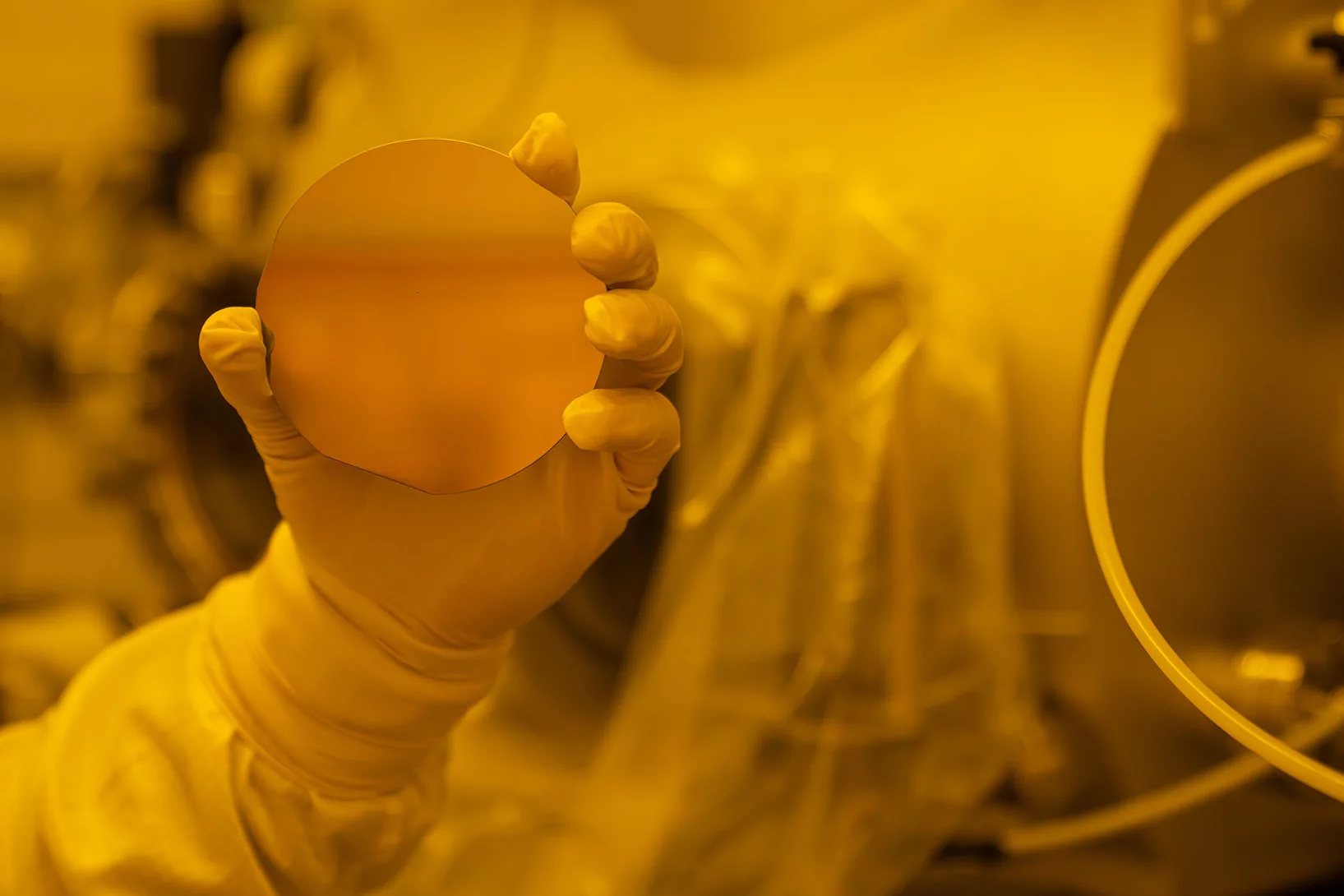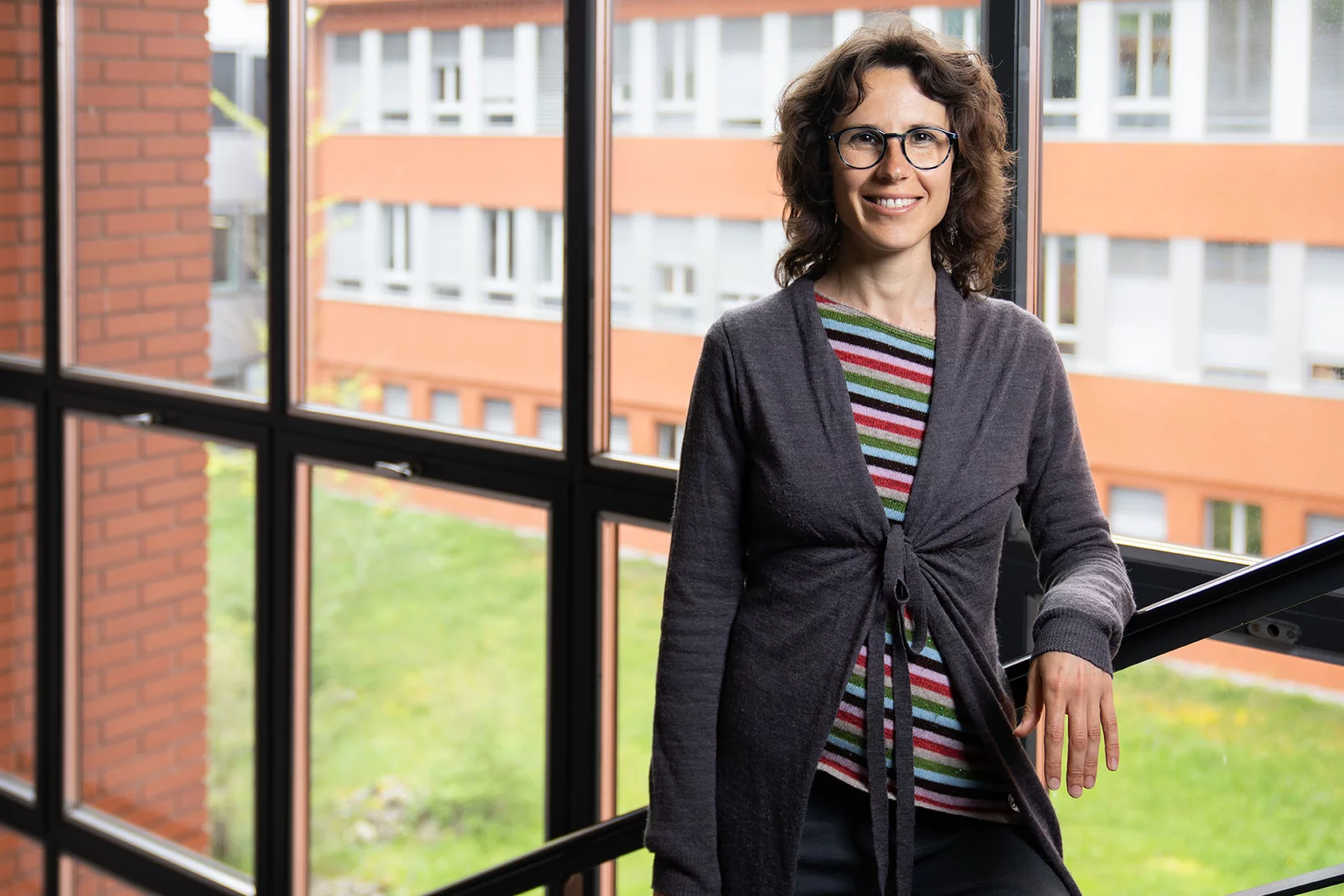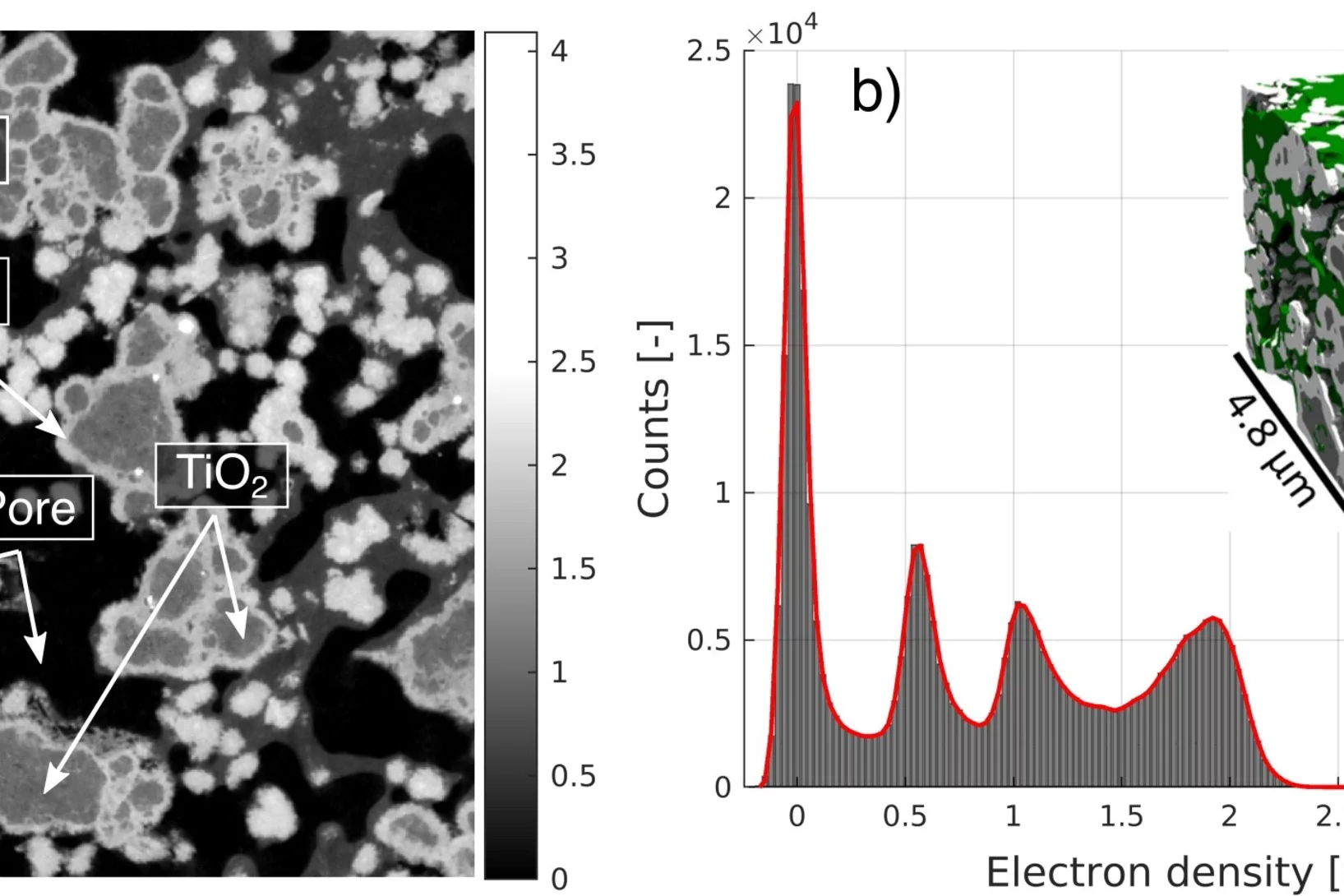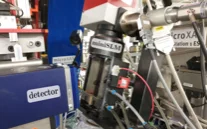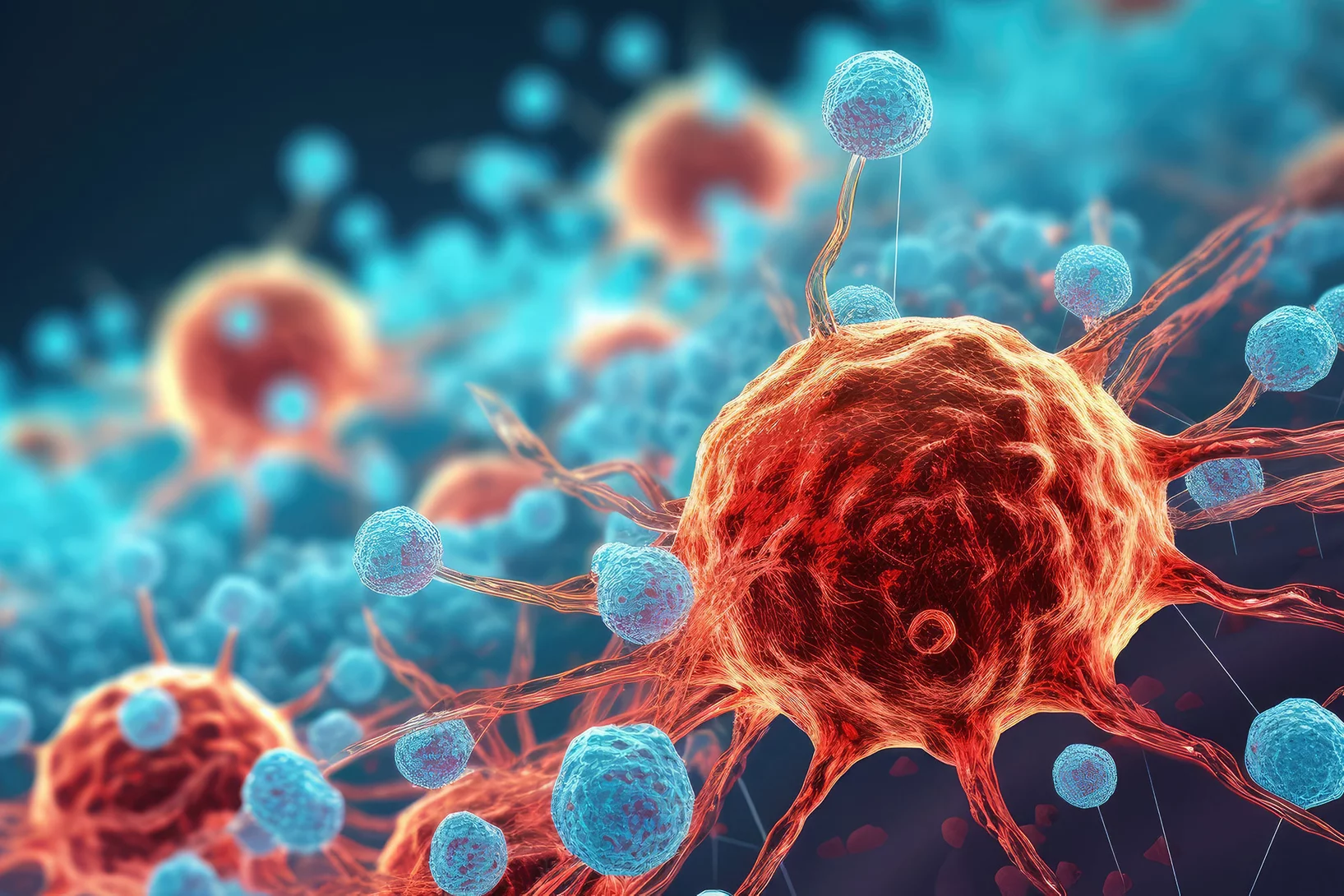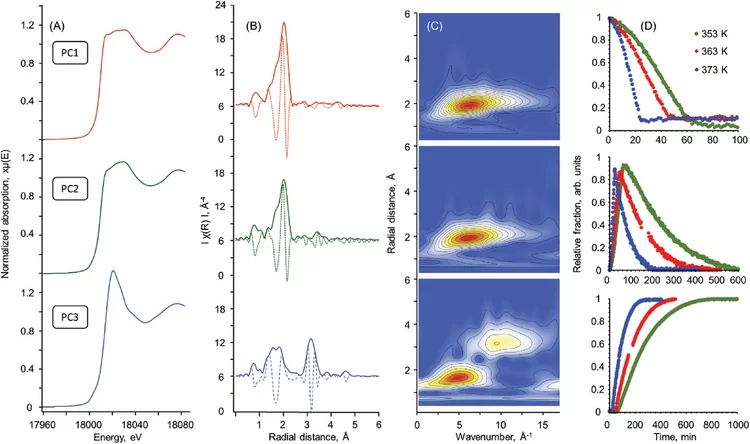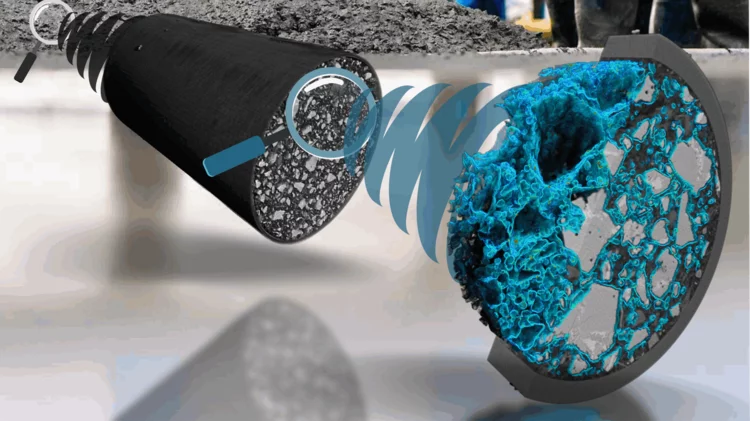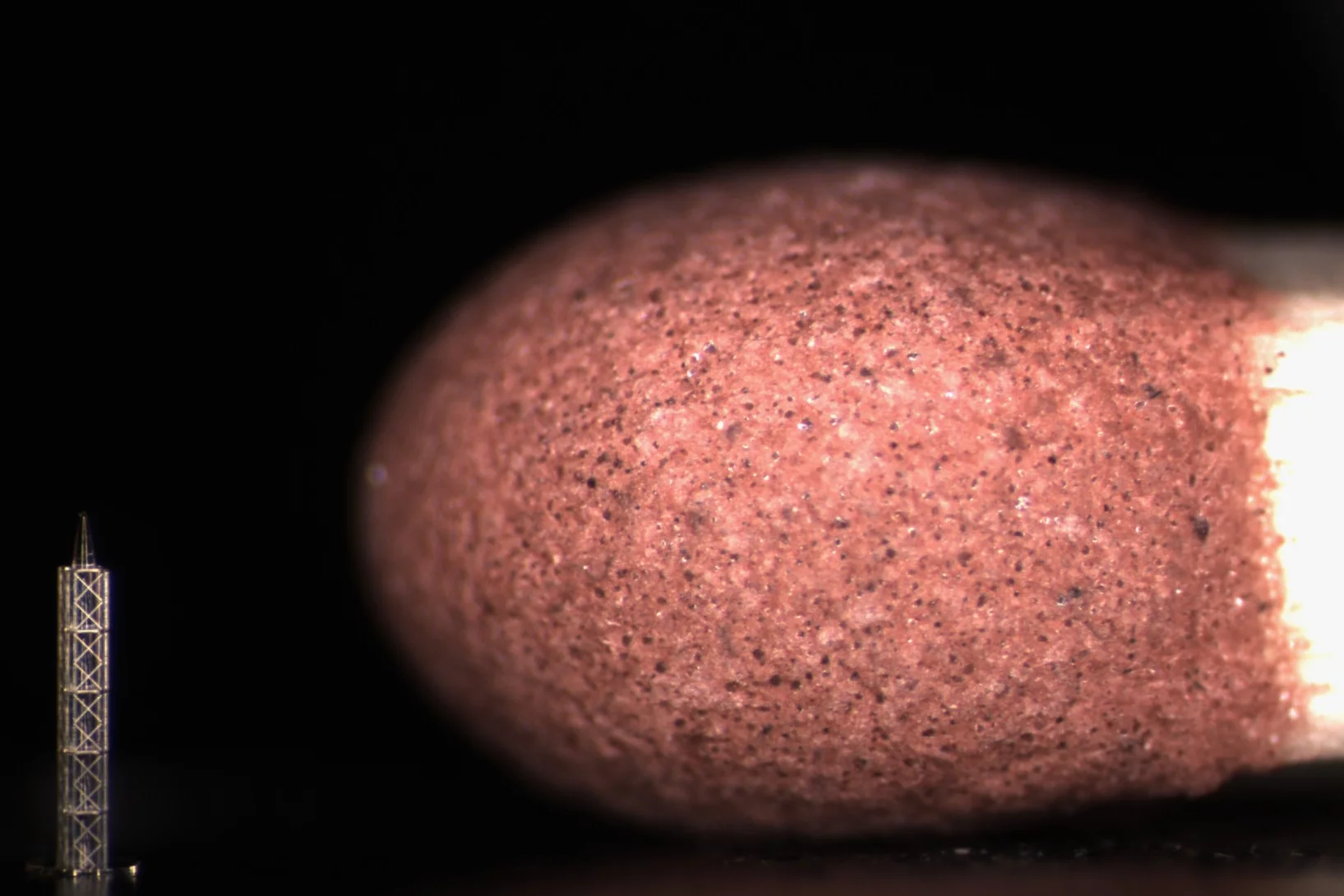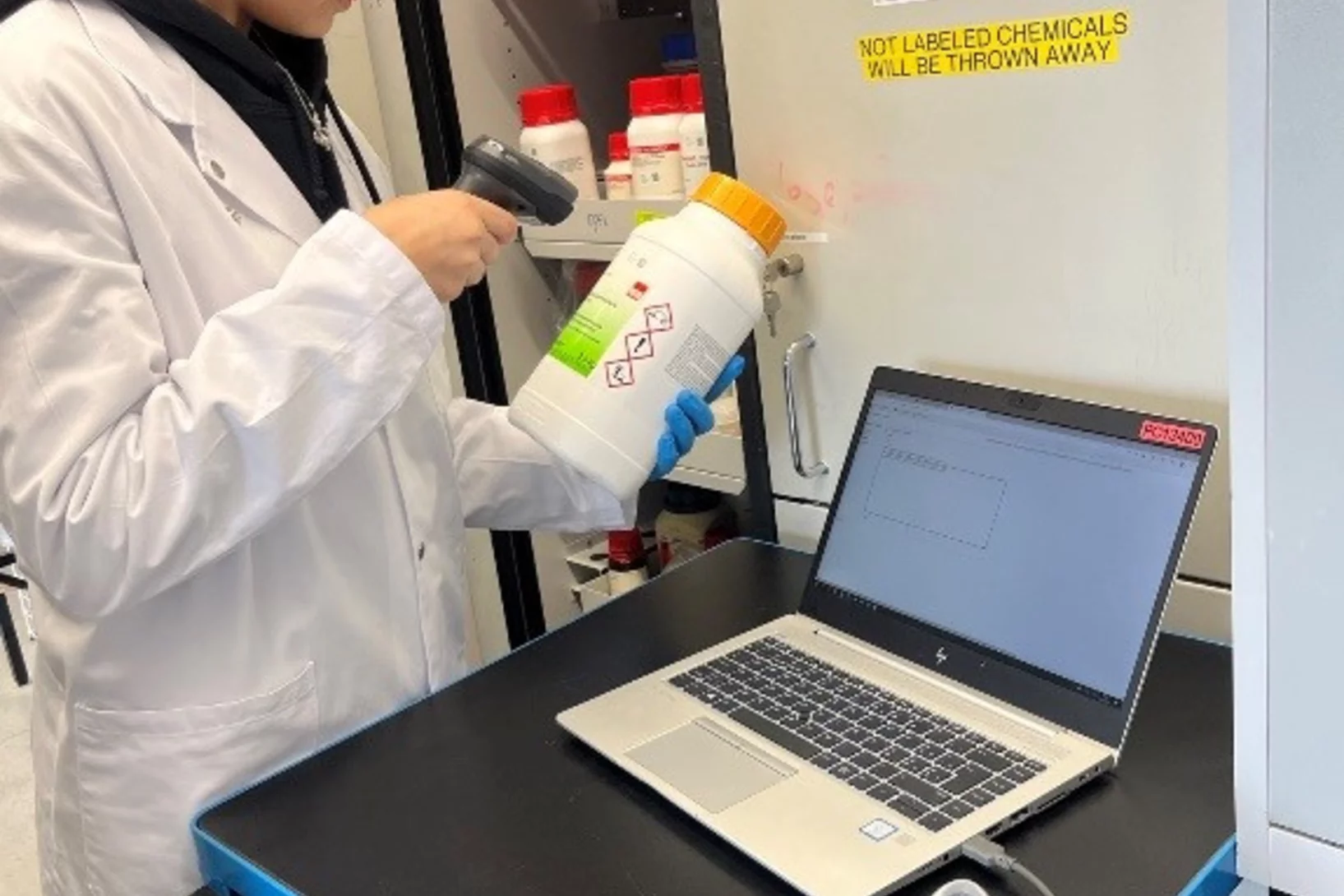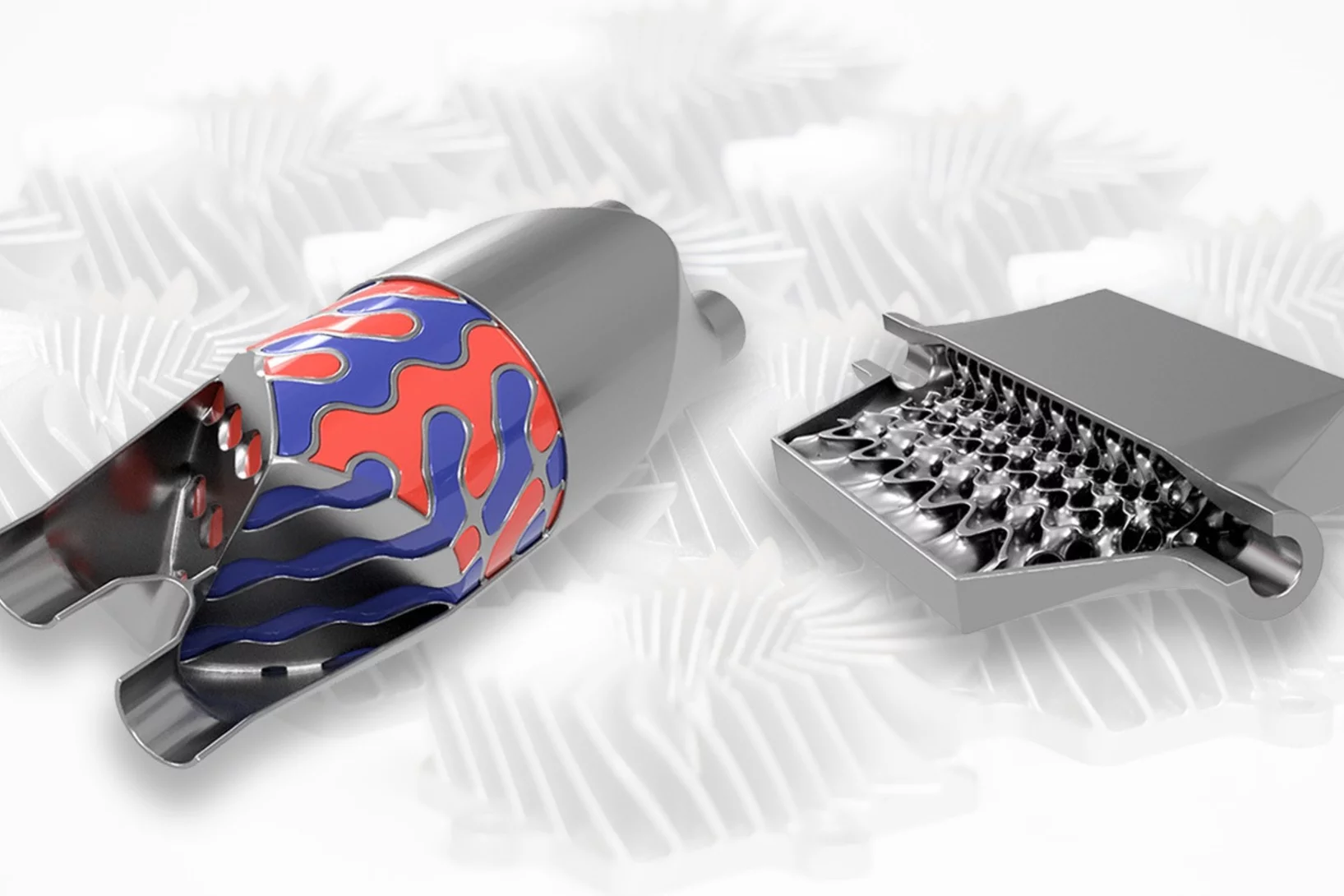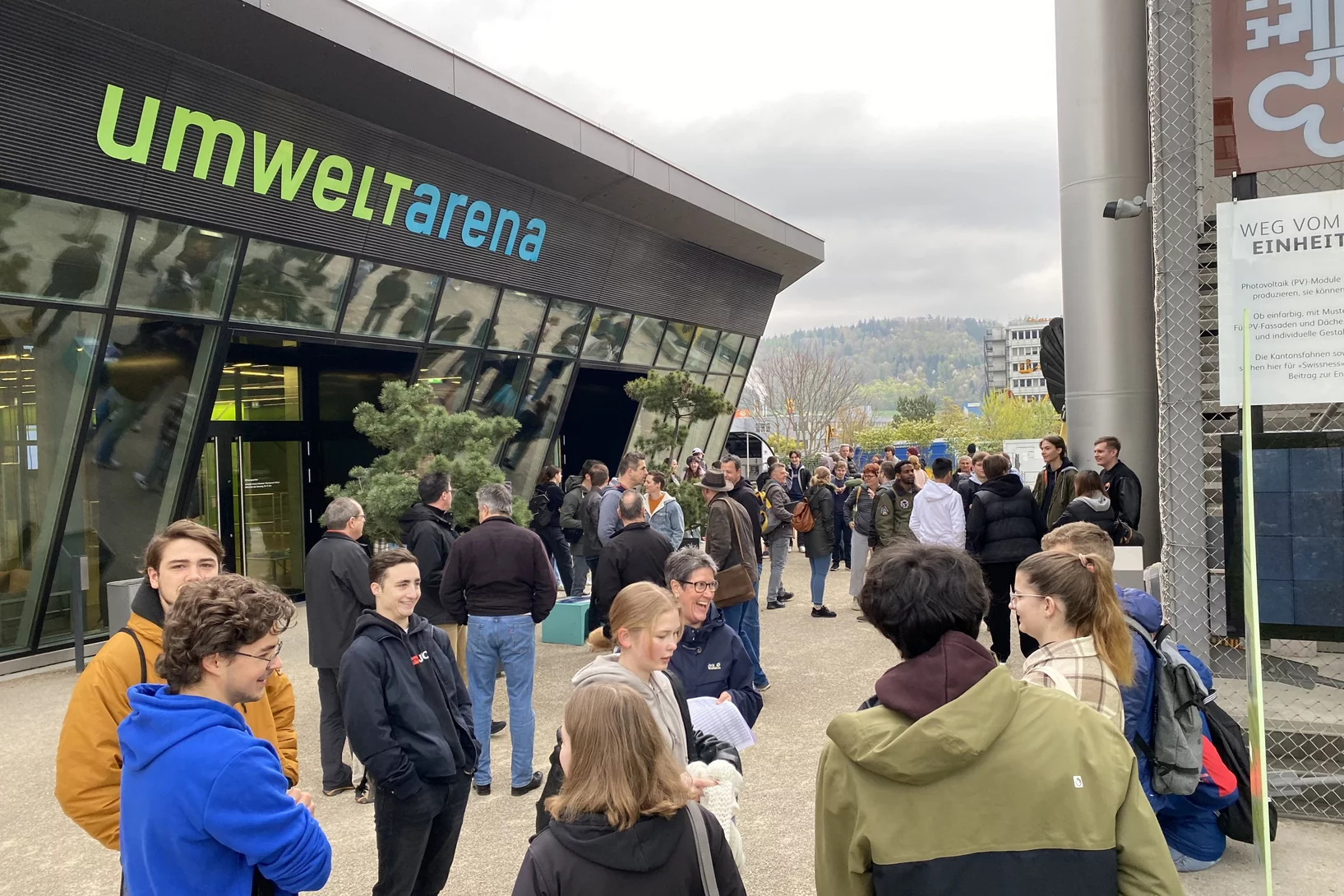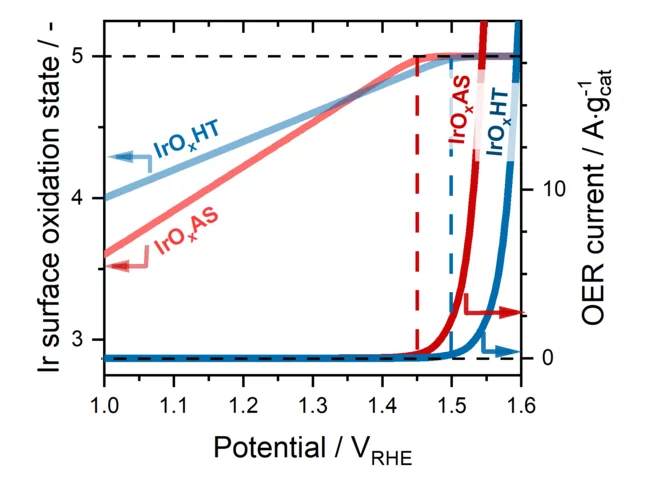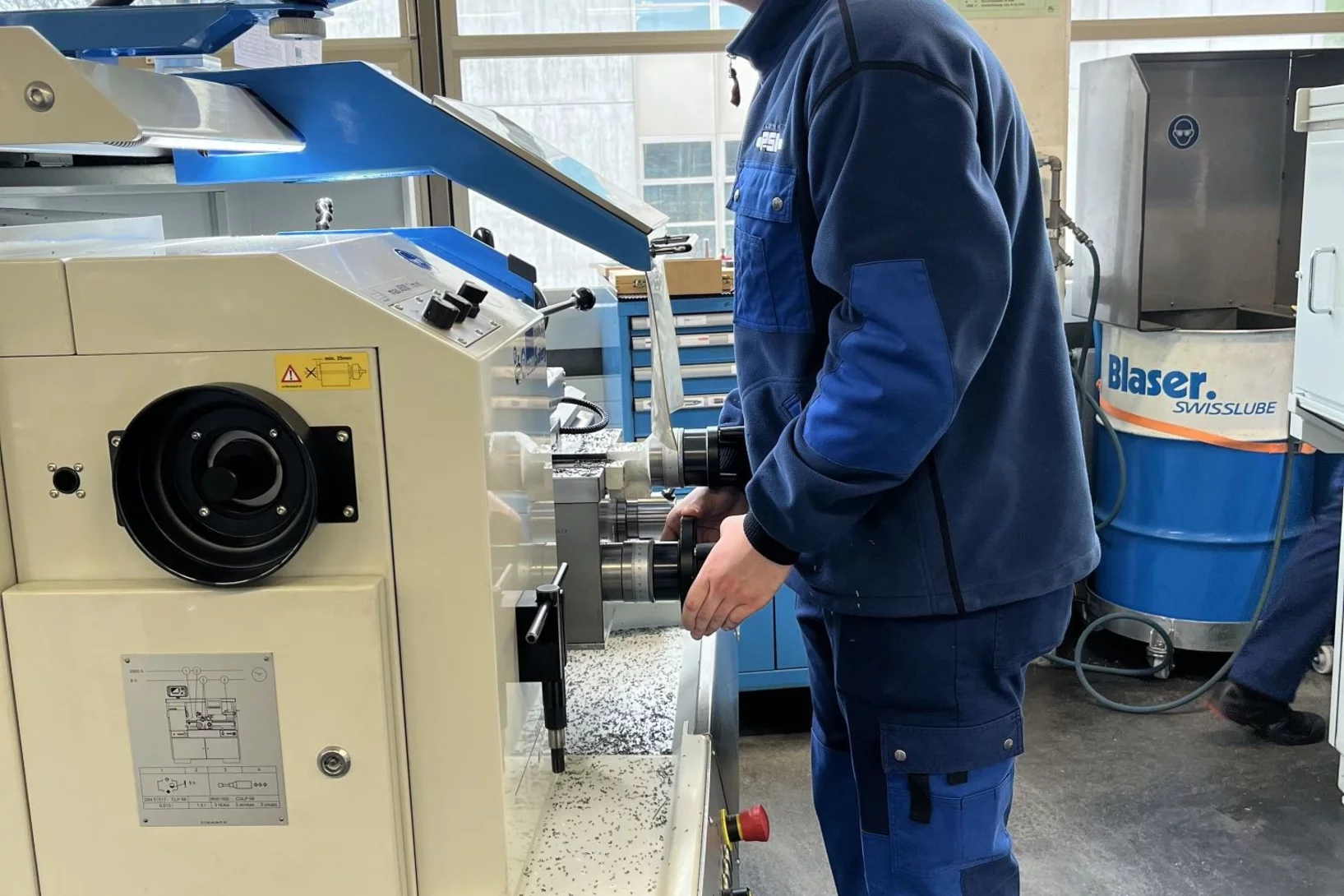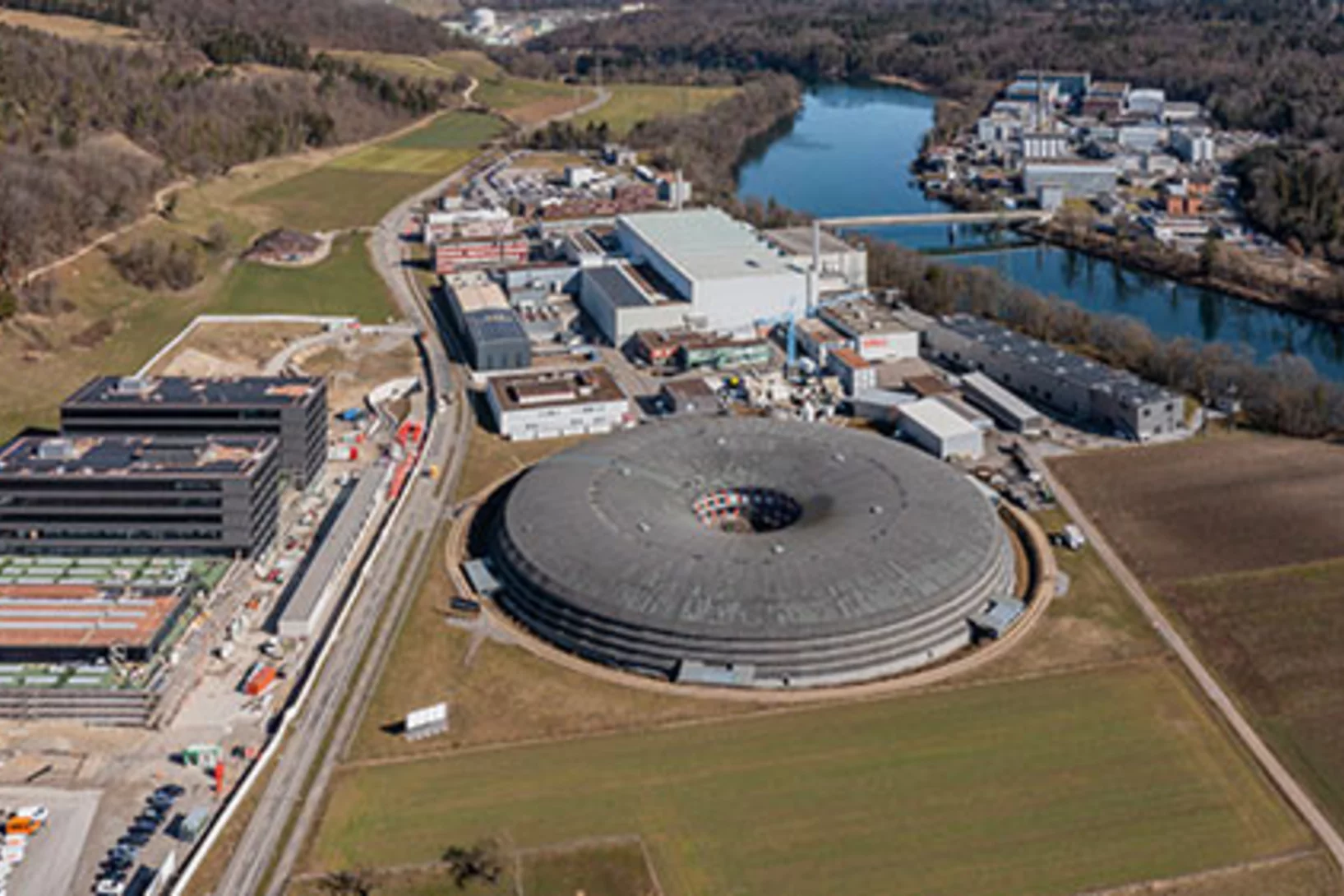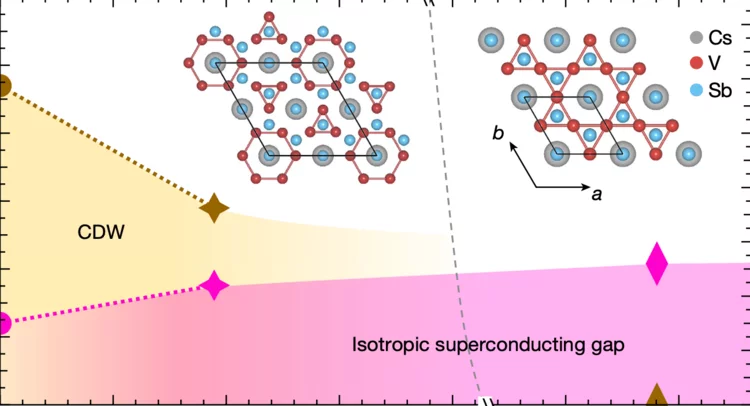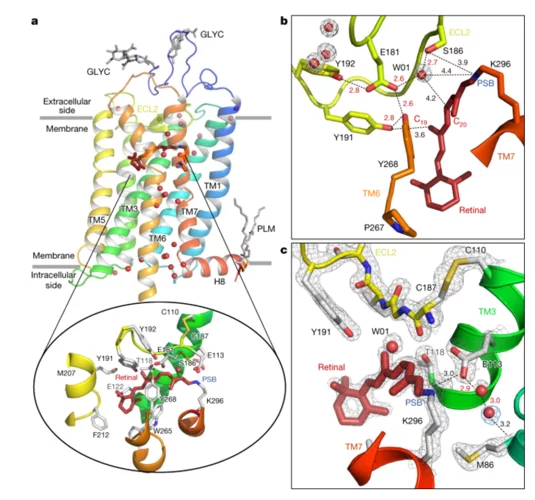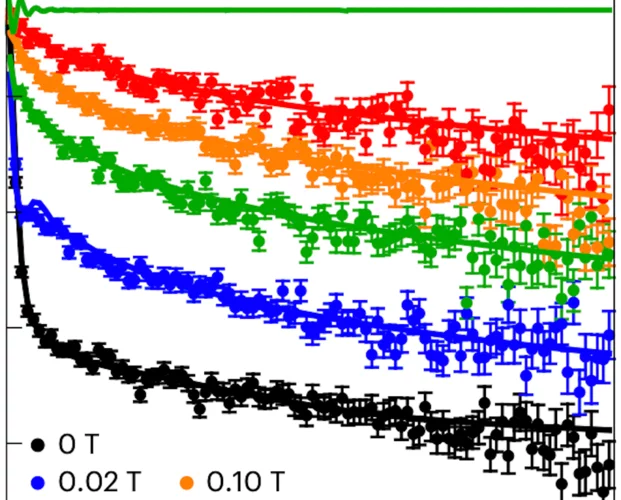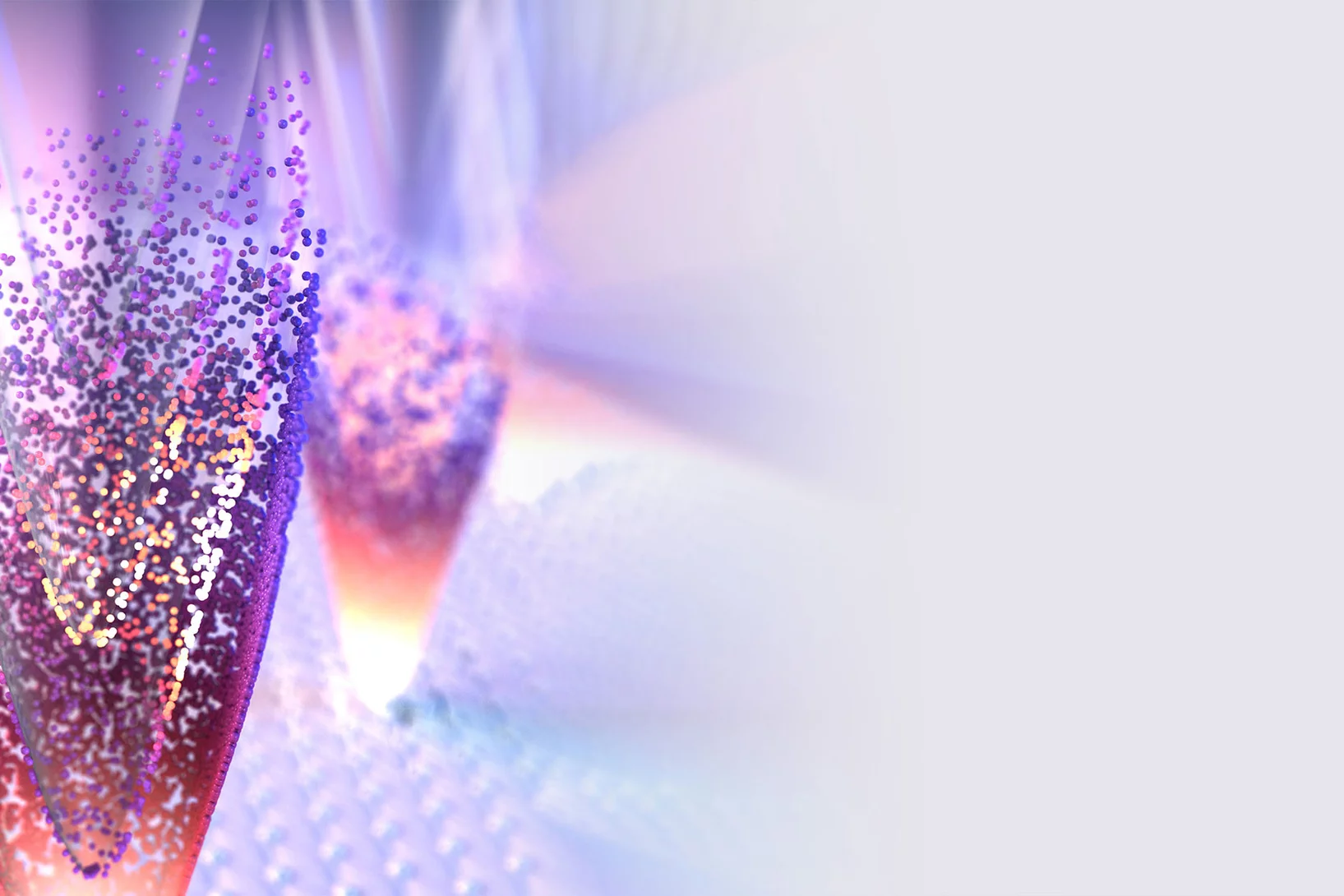Das PSI und ITM Isotope Technologies Munich SE (ITM), ein führendes radiopharmazeutisches Biotech-Unternehmen, haben eine Kollaboration für die gemeinsame Entwicklung der Herstellung eines neuartigen therapeutischen Radionuklids, Terbium-161, abgeschlossen. In dieser Zusammenarbeit werden PSI und ITM ihre jeweiligen Technologien und Fachkenntnisse in der Herstellung von Terbium-161, einschliesslich der klinischen und kommerziellen Verwendung in der gezielten Radionuklidtherapie zur Behandlung von Krebs, kombinieren. Ziel ist es, Krebspatienten neue und besser Behandlungsmöglichkeiten bieten zu können.
Terbium-161 wurde aufgrund seiner hervorragenden physikalisch-chemischen Eigenschaften als ein sehr vielversprechendes therapeutisches Isotop für die gezielte Radionuklidtherapie bei Krebs identifiziert: Die überzeugenden therapeutischen Fähigkeiten von Terbium 161 konnte in diversen präklinischen Studien am PSI gezeigt werden. In der Zusammenarbeit mit ITM – ein Pionier und wichtiger Akteur im Bereich der Anwendung von Radiopharmazeutika – soll die langjährige Forschung des PSI mit den umfassenden Kenntnissen von ITM kombinieren, um weitere Innovationen im Bereich der Radionuklidtherapie voranzutreiben.
Mit dieser Zusammenarbeit erweitert ITM sein Forschungs- und Produktionsportfolio neben Lutetium-177 und Actinium-225, welche derzeit die am häufigsten verwendeten medizinischen Radioisotope für eine gezielte Radionuklidtherapie sind und via ITM weltweit an Krankenhäuser und Pharmapartner geliefert werden.

